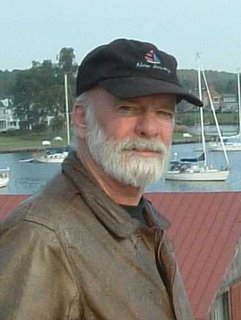And, egads, the mouth is situated just adjacent to the brain, eyes, nose and the sinus cavities which connect to auditory mechanisms – it is central to how we experience the world.
This rather non-descript, yet mysterious, hole in our face is also central to how we interact with the world. The mouth with its peripheral components of tongue, lips, and larynx, lets us communicate with those around us; it enables humans to create speech.
Even without speaking, the mouth helps us communicate with family, friends and foes by expressing our moods: smiling, grimacing, baring our teeth, pursing our lips.
A hidden hero in this mouth-as-center-of-our-being role is a surprising muscle - a muscle that also shapes social interactions. The orbicularis oris muscle surrounds the external opening of the mouth: draw a circle, actually, an oval, that encompasses the opening to the mouth and you’ve defined the orbicularis oris – the muscle that enables us to smile, purse our lips, pucker, and kiss.
The orbicularis oris makes up the bulk of the tissue of the lip and acts as the sphincter muscle to the oral aperture. The lips function as a sphincter for retaining oral contents during chewing.
It may seem odd to categorize this facial muscle with some of the other sphincter muscles – but it operates the same way - to such an extent that when drastic facial reconstructions of patients that have been severely injured require radical surgery, surgeons will use portions of the anal sphincter muscle to recompose the muscle that surrounds the mouth in order to restore the ability to smile.
Yes, friends, at the center of your face, at the very center of your being in many ways is – yet another ring muscle, the largest of our sphincters.

